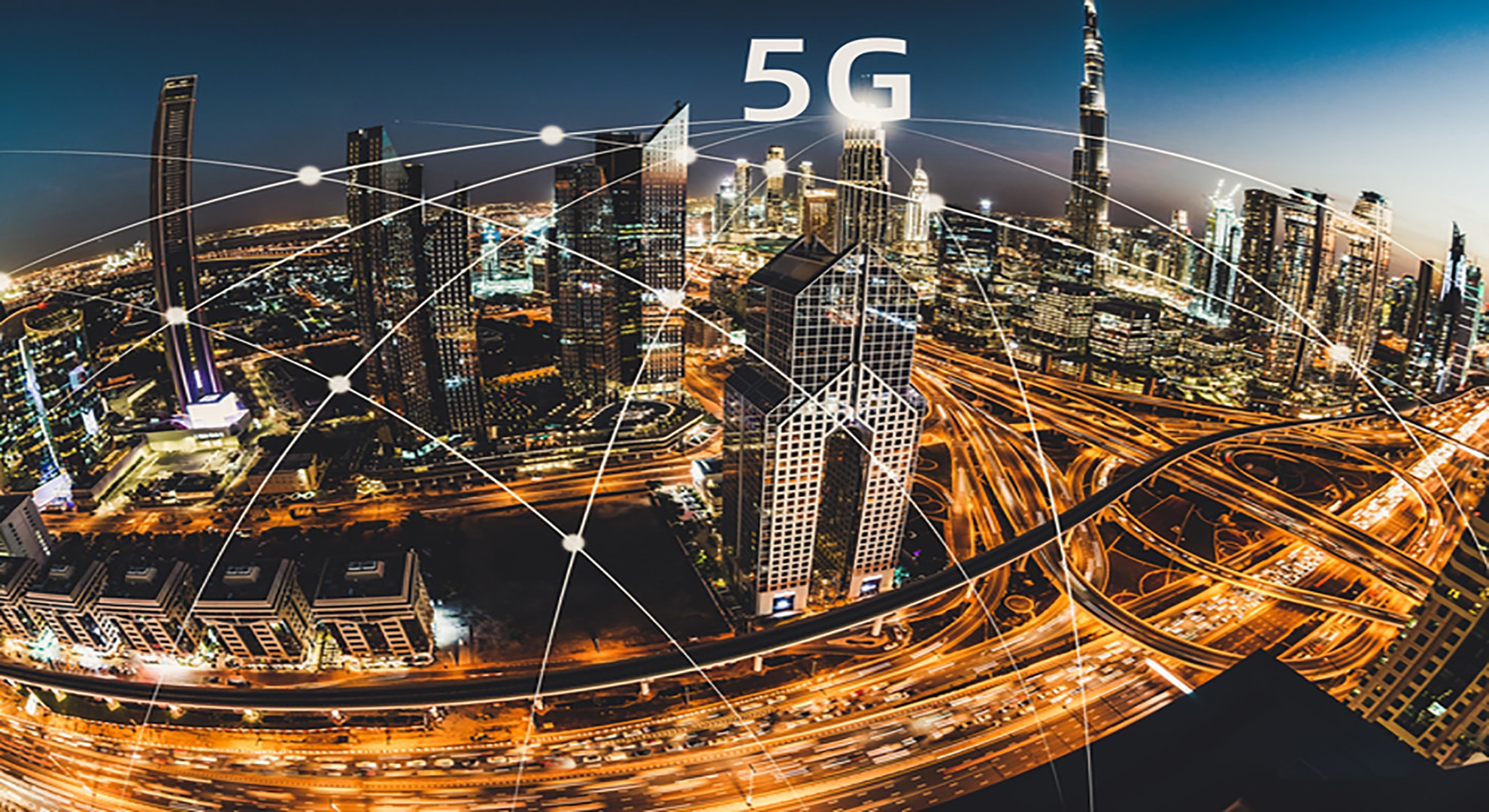
30 Jul What will fibre optic in Spain and Europe look like after the arrival of 5G?
It’s the question on everyone’s lips, and not just in the sector, but also among user groups, as to whether the arrival of 5G will spell an evolution of both technologies and what that means for future development. The very low latency of new-generation wireless (under 1ms) and transfer rates (up to ten times better than fibre optic) could cast doubt on the convenience of FTTH developments among private companies and neutral operators. So will 5G completely replace fibre? Though it might sound surprising, the answer is no.
The realities of connectivity: 5G, but also…
Every time a new technology bursts onto the scene, there’s a moment of real excitement. A buzz, even. But while it’s true 5G technology will radically transform the way we communicate with each other, our connectivity and the way we interact with our networks, it’s best not to lose focus entirely. While forecasts and speculative scenarios abound, we shouldn’t forget a couple of key things.
5G is profoundly urban
Even though notable efforts are being made and it’s expected that, in the space of just three years, the number of wireless connections will top 5 million in Spain – and 422 million globally – the 5G landscape still requires an urban environment. To reach areas with low population densities, difficult terrain or populations far away from the big cities, when it comes to connectivity, use of fibre optic and even satellite Internet remains the preferred way to do it.
Fibre optic is still safer
Like any other system or technology, 5G isn’t invulnerable. It’s true the technology is notably more secure than previous mobile connectivity iterations, but there are still certain risks that need to be kept in check. In fact, the European Commission and its member states are working to assess these risks and guarantee secure mobile connectivity. Currently, there are still more guarantees with direct connections between routers and an Ethernet cable.
WiFi is the preferred option
Cisco recently carried out a survey where a third of Internet users said they couldn’t picture their everyday lives without the Internet, or do their jobs without it. 79% use the net to stay informed and up to date, 78% for entertainment, and 73% to stay in touch with others. WiFi technology, related to FTTH connectivity, generates 56% of all traffic – compared with 38% for mobile and 6% for wired.
Spain leads the development of European fibre optic
The sensible thing to do, given all the above, is to think in terms of alliances, rather than competing forces. Both fibre optic and 5G will complement each other as much as possible. In fact, the development of wired connectivity and its infrastructure remains solid throughout Europe, with Spain taking the lead with the strongest fibre optic share on the continent.
Around 82% of broadband connections use FTTH, a figure much higher than the European average at under 30%. What’s more, the industry is supported by significant government rollout and development plans on behalf of key operators to raise this figure so fibre optic can cover close to all connections.
Generally speaking, it’s a given that fibre optic technology will open doors and lead the shift towards 5G connectivity we can all take advantage of, knowing that, in the future, while it’s also a given that one of the technologies will eventually ‘take the lead’, until then, both are certain to complement each other along the way.

